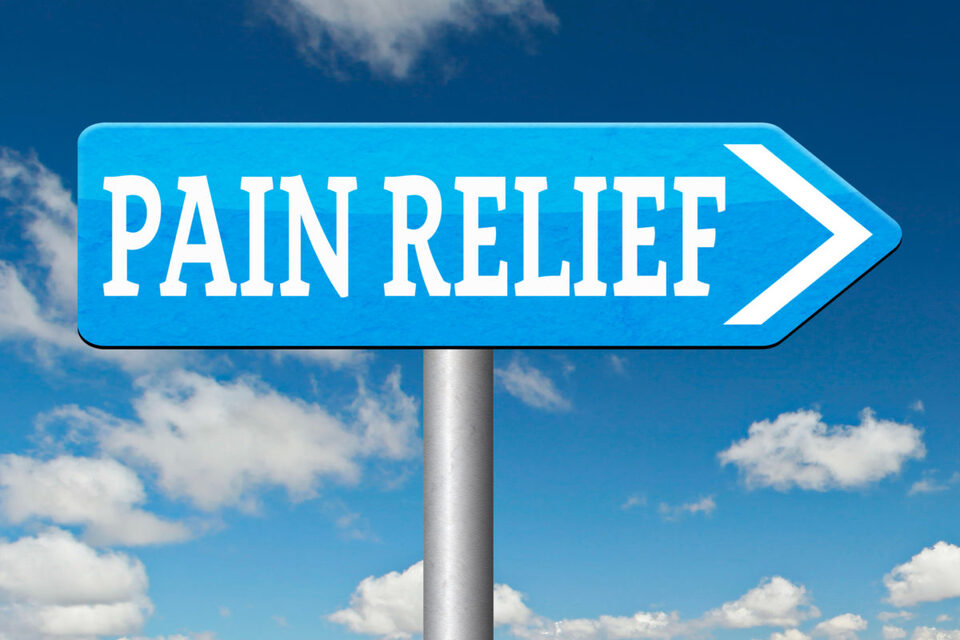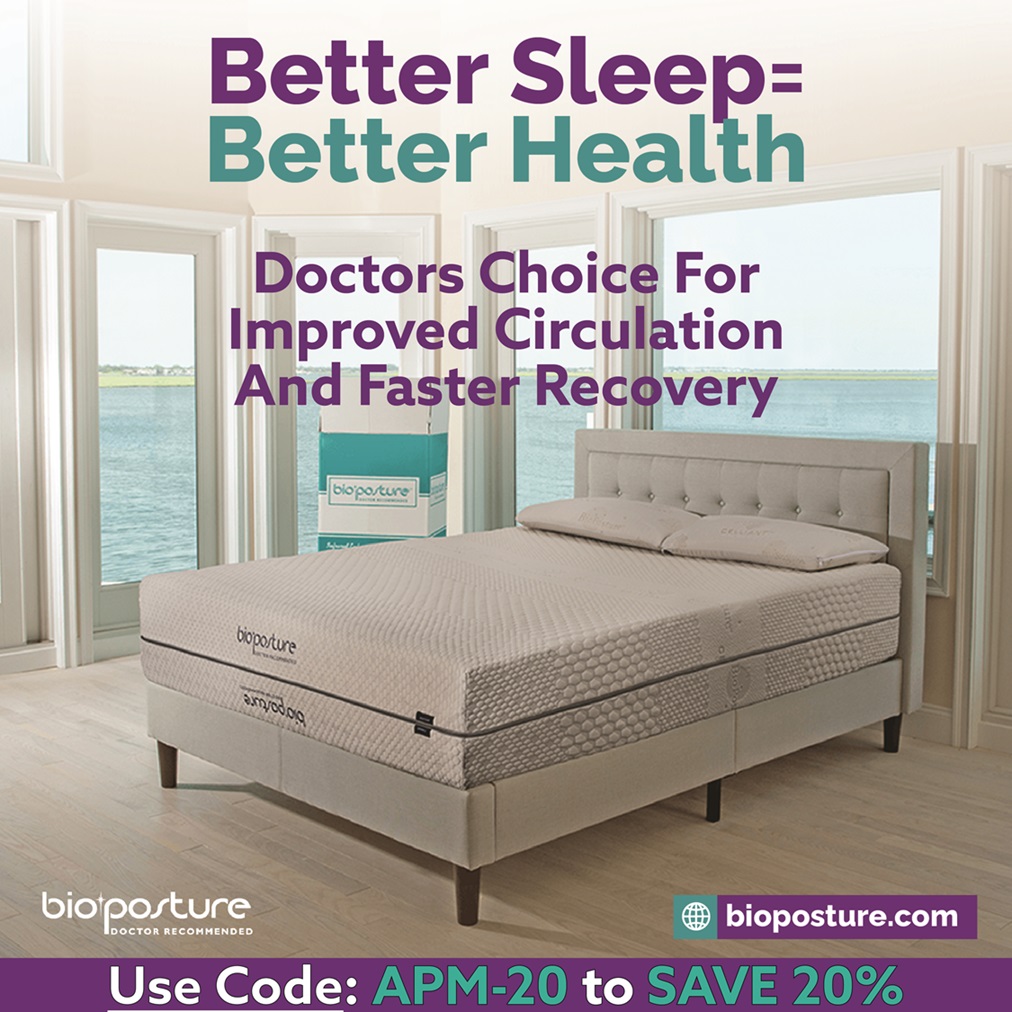
A study published last week in JAMA Network Open looked at almost 237,000 patients in Oregon who filled a prescription for opioids for the first time in 2015 and followed those patients until the end of 2018 to determine which patients were most vulnerable to fatal or non-fatal opioid overdoses. Some of the findings are quite surprising.
This is an important question. Although the opioid epidemic has been overshadowed by the pandemic, over 100,000 Americans died of drug overdoses in 2020, an increase of 30%. Many more have succumbed to opioid addiction and there is no sign of this epidemic slowing down. Although the number of opioid prescriptions has decreased in recent years, 168.9 million opioid prescriptions were written in the US in 2018. Each prescription of an opioid to a previously opioid-naive patient creates the potential for the development of chronic opioid use, opioid use disorder and overdose.
Who Was Included in the Study
The study sample included opioid-naive adults aged 18 to 100 years, who had 1 or more opioid prescriptions filled in 2015. 29% of the patients had at least 1 pain condition. (This is puzzling because opioids are generally only prescribed for pain, however it may reflect that most patients in the group were prescribed opioids for an acute condition such as postsurgical pain or after an accident.) 45% of patients had 1 or more comorbidities.
The most prevalent psychiatric condition was depression (12.6%). Patients were followed up for a mean duration of 33.7 months. Of the 236 921 patients, 0.3% (667) experienced opioid overdose.
How the Study Assessed Risk
The study used a statistical measure called adjusted hazard ratio (aHR) to assess the comparative risk of overdose. An aHR of 1 represents the reference group, usually the lowest risk group within the category. The higher the aHR, the higher the risk.
Patient Factors Related to Risk
Risk of overdose was highest among individuals 75 years or older (aHR 3.22) which was almost double the risk of 18–24-year-olds (aHR 1.80). Those aged 25 to 34 were at lowest risk, with an aHR of .96 followed by 35 to 44 years with an aHR of 1.
Men were found to be more at risk than women (aHR, 1.29 vs 1). Asian or Pacific Islanders had the lowest risk (aHR, .21, followed by Hispanics (aHR, .70) and whites (aHR, 1) with blacks most at risk (aHR,1.55). Those living in metropolitan counties were at higher risk (aHR, 1.51) compared to those living in nonmetropolitan counties (aHR, 1).
The type of insurance patients had also was related to risk, though this may reflect economic factors that were not otherwise assessed in the study. Type of insurance is also related to age. Medicare fee-for-service patients were not included in the study sample due to restrictions on use of data in traditional Medicare. Of the groups assessed, those who were dually eligible for Medicaid and Medicare Advantage had the highest (aHR, 4.37 followed by those who had Medicaid alone (aHR, 3.77) or had Medicare Advantage alone (aHR, 2.18) compared with those with commercial insurance (aHR, 1).
Comorbidities were also a factor, but not as high as some of the other variables. Those with comorbid substance use disorder had an aHR of 2.74. Patients with depression had an aHR of 1.26. Patients with 1 to 2 comorbidities had an aHR of 1.32 and those with 3 or more comorbidities had an aHR of 1.90; compared with none.
Prescription-Related Factors
Surprisingly, the opioid that placed patients at highest risk of overdose was tramadol, which is less potent than other opioids (aHR 2.80, compared to codeine with an aHR of 1). Oxycodone had an aHR, 1.70, hydrocodone 1.31, morphine .90. Those on long-acting opioids had a higher overdose risk (aHR, 1.24) compared to those on short acting opioids (aHR, 1). Those who used opioids at the same time as benzodiazepines had an aHR of 2.11 and those who filled opioids from 3 or more pharmacies over 6 months had an aHR of 1.38.
Patients who received an initial opioid prescription for more than 7 days supply and those on higher doses were also more likely to experience an overdose.
To summarize, the patient who is most vulnerable to overdose, according to this study, is a black male aged 75 or older who lives in a rural area, has comorbid psychiatric and medical conditions, Medicaid and/or Medicare Advantage insurance, who is prescribed long-acting tramadol at a high dose for more than 7 days.
The Bottom Line
The reality is, however, that people of all ages, all ethnicities, all economic groups, with or without a psychiatric history or medical comorbidities, who are prescribed any of the opioids have become addicted to opioids and more than 800,000 have experienced fatal overdoses.
The other reality is that alternatives to these risky drugs exist but are rarely considered and even more rarely used. This is despite the fact that many governmental and nongovernmental organizations have developed guidelines that recommend use of nonpharmaceutical therapies first, and use of opioids as a last resort. The 2016 National Pain Strategy, the 2017 American College of Physicians Clinical Practice Guidelines for Low Back Pain and the 2019 Pain Management Best Practices Inter-Agency Task Force Report all recommend using alternative therapies such as acupuncture, biofeedback, chiropractic, massage, mind/body approaches, physical therapy and more before considering use of opioids. Other widely ignored and unfunded options are medical marijuana and the Southeast Asian herb kratom. Yet no action has been taken to make these therapies more available, including requiring adequate coverage by insurance companies. As a result, the opioid epidemic continues unabated.
Sign My Petition to Require Health Insurers to Cover Atlernative Pain Treatments
Find an Alternative Pain Treatment Provider Near You
Find Natural Pain Relief Products
 Cindy Perlin is a Licensed Clinical Social Worker, certified biofeedback practitioner, chronic pain survivor, the author of The Truth About Chronic Pain Treatments: The Best and Worst Strategies for Becoming Pain Free and the founder and CEO of the Alternative Pain Treatment Directory. She has been helping her clients in the Albany, NY area reach their health and wellness goals for over 28 years. She also provides virtual pain consults. See her provider profile HERE
Cindy Perlin is a Licensed Clinical Social Worker, certified biofeedback practitioner, chronic pain survivor, the author of The Truth About Chronic Pain Treatments: The Best and Worst Strategies for Becoming Pain Free and the founder and CEO of the Alternative Pain Treatment Directory. She has been helping her clients in the Albany, NY area reach their health and wellness goals for over 28 years. She also provides virtual pain consults. See her provider profile HERE











Comments